New building materials

New building materials are an alternative to previous solutions and technologies used in the decoration and construction of buildings and structures. They are practical, capable of providing improved performance and ease of installation. It is worth talking in more detail about what innovative building materials exist today for decorating walls in an apartment and a house.

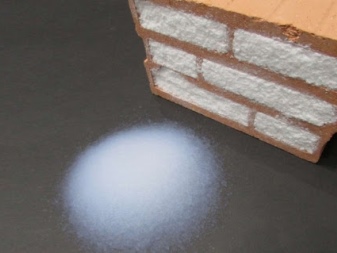
Peculiarities
New building materials are not just a tribute to fashion. They are developed due to the improvement of production technologies, provide faster and higher-quality construction of buildings, structures, help to decorate premises with different conditions and requirements.
They have their own characteristics.
- Energy efficiency... Reducing the cost of heating the building, reducing heat loss - these are the important points that most often concern developers.
- Fast installation. In most cases, tongue-and-groove or other joints are used that do not require additional use of metal fasteners.
- Improved thermal insulation properties... Many new materials already include a layer that does not require additional installation of insulation.
- Compliance with modern standards. Today, many materials are subject to increased sanitary or environmental requirements. Compliance with the requirements of European and domestic standards allows you to improve the quality of products.
- Minimum weight. Lightweight structures have become very popular due to the fact that they allow to reduce the load on the foundation. As a result, the base itself can also be pre-fabricated.
- Combined composition... Composite materials combine the properties of their ingredients, significantly increasing the performance of the finished product.
- Aesthetics... Many modern materials are already ready for finishing, and sometimes they can remain without it, initially having a decorative component.

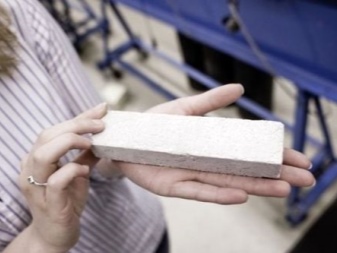
These are the main features possessed by innovative building and finishing materials used in the construction or renovation of housing, commercial and office facilities.
Views
Innovative products do not appear very often in construction. Many of them become "sensations" a decade after they were launched into mass production. Interesting that the most popular are new building and finishing materials with improved energy efficiency, reducing costs and shortening the time of work.
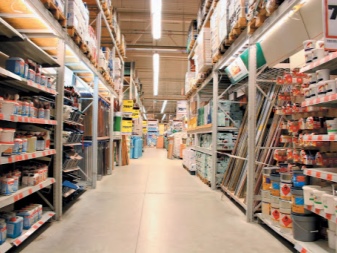
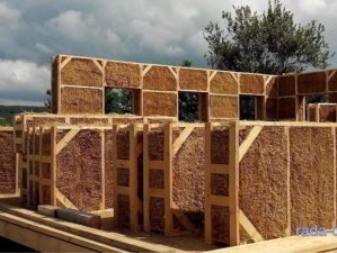
Coal concrete
The material has super-strong characteristics that are superior to those of reinforced concrete structures. It is distinguished by its high cost, belongs to the composite options that combine the properties of carbon fiber and artificial stone... The tensile strength of such a monolith exceeds the performance of the best steel grades by 4 times, while the weight of the structure is significantly reduced.
The production is carried out according to 2 technologies.
- With pouring into the formwork. Carbon fiber reinforcement is mounted in the mold, then the prepared solution is introduced.
- Layer by layer. In this case, a special carbon fiber fabric is used between the concrete layers. The procedure continues until the desired thickness is reached.
Depending on the needs, the optimal technology for the production of coal concrete is selected.
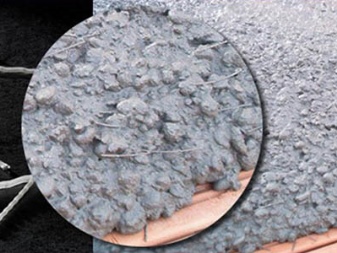
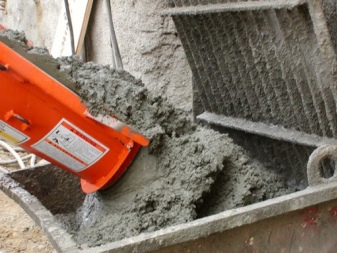
Aerated concrete
This variant of an innovative building block made by cellular technology, based on Portland cement, fly ash, aluminum powder and ground boiling lime mixed with water... Aerated concrete is widespread in low-rise construction. It is used to create single-layer and multi-layer walls, allowing to reduce material consumption when erecting walls and partitions.

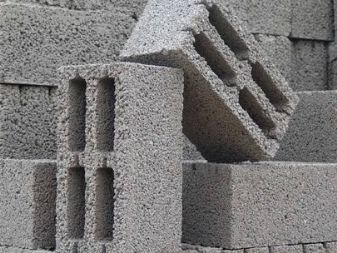
Porous ceramic blocks
Wall structures made of these materials have low density and high energy efficiency... The material is similar in its characteristics to aerated concrete, but surpasses it in terms of thermal conductivity. The difference is up to 28%.
In addition, such blocks are quite cheap and available to a wide range of developers.
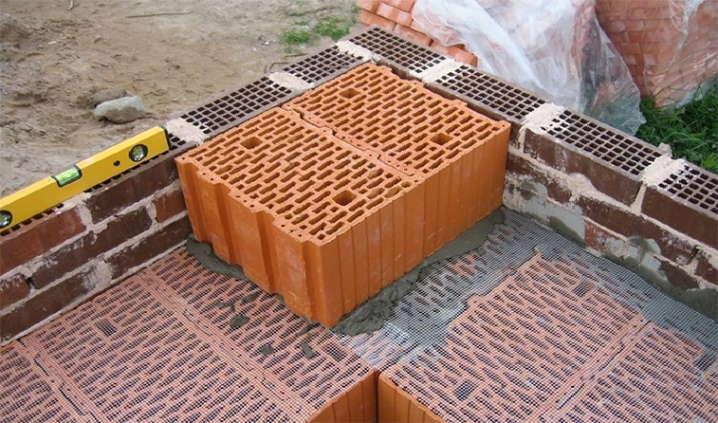
Reinforced concrete panels with insulation
Ready-made wall structures with window and door openings, cast in the form of slabs. These are quick-assembly solutions, formed in the factory. Internal insulation allows you to refuse additional installation of thermal insulation. In some cases, slabs are produced as individual components assembled on site.
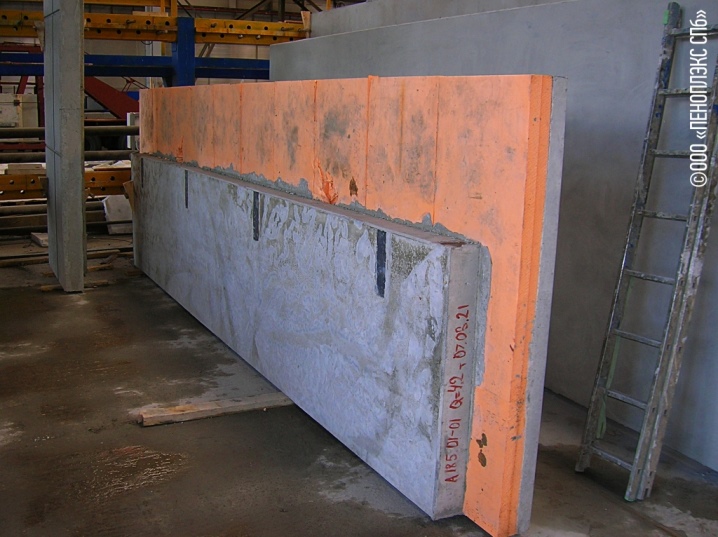
Wood concrete, or arbolite
This lightweight composite combines the properties of cement and wood chips. It has good heat-insulating properties, the material surpasses both brick and expanded clay concrete in its properties.
It is used in construction where it is required to improve the energy efficiency of the facility, while simultaneously reducing the load on the foundation.
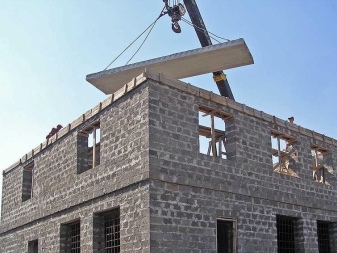
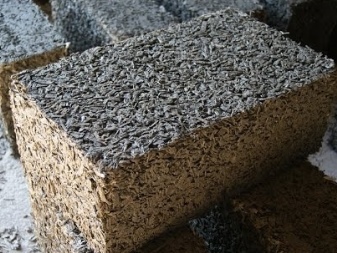
Polystyrene concrete
Material in blocks with finished exterior finish. Polystyrene granules are introduced into the mass of aerated concrete during the production process... As a result, the material is warmer and more durable than aerated concrete or aerated concrete. The wall is lightweight, does not require additional installation of thermal insulation

Peat blocks
An environmentally friendly building material with excellent thermal insulation characteristics. Peat blocks are used in multi-storey residential construction.
With its help, modern energy-efficient buildings are being built that allow conserving heat and saving on housing maintenance.
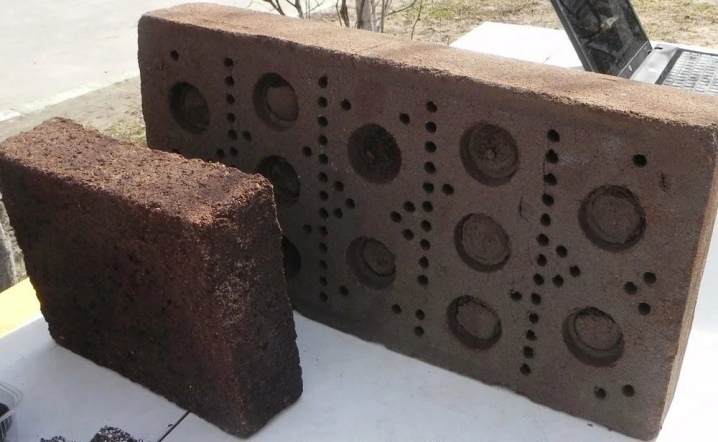
Fixed formwork
Polymer blocks, similar to Lego bricks, are connected to each other right on the site. Easily assembled modules are reinforced inside, filled with concrete around the entire perimeter in 3-4 rows. Such structures are in demand in monolithic construction, provide high strength of the finished monolith.
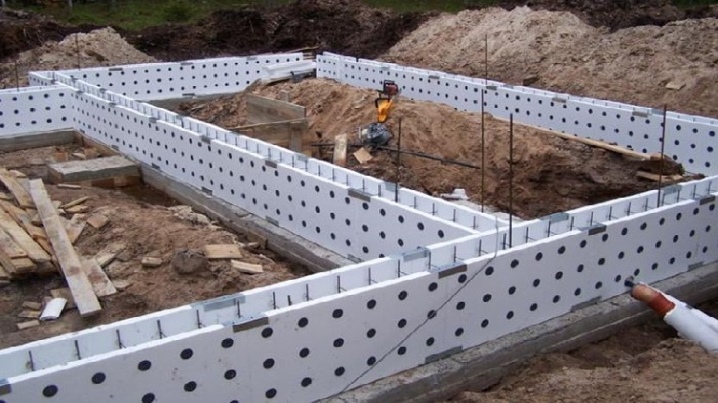
Monolithic timber
An innovative solution that allows you to create walls from wood at once with a thickness of 100 mm or more. In low-rise construction, a monolithic beam makes it possible to reduce the depth of the foundation, reduces the load on the foundation.
Such walls can be left without finishing, due to their low thermal conductivity, they surpass brick in their performance characteristics.
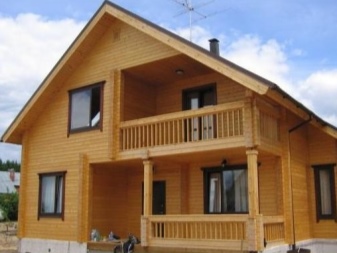
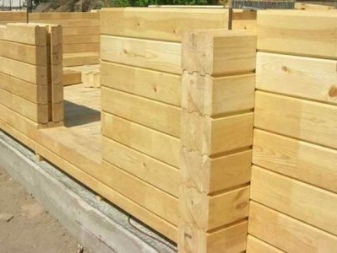
Basalt wool
It replaced other types of thermal insulation materials. Basalt mineral wool is fire resistant. The material has high heat-insulating and sound-insulating characteristics, resistant to deformation when atmospheric temperatures change.
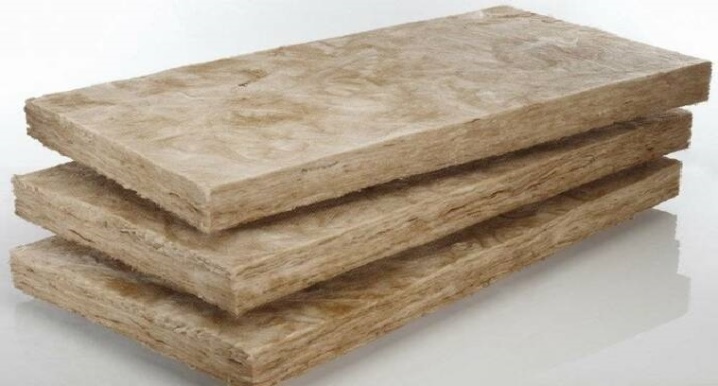
Ecowool
Thermal insulation material based on recycled materials. It has been used since 2008, it is distinguished by its economical consumption and high biological resistance. Fungus and mold do not appear in the material, it excludes the appearance of rodents or insects.
There are no harmful fumes either - ecowool surpasses many analogues in its environmental friendliness.
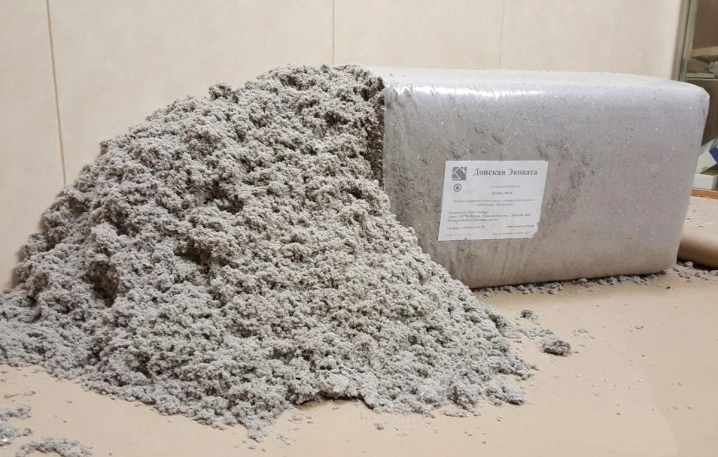
Microcement
Finishing material in demand in industrial style interior design. It contains polymer components, dyes, which make it possible to impart moisture resistance to the treated surface, and improved aesthetic characteristics. The fine structure of the cement dust provides good adhesion to various materials.
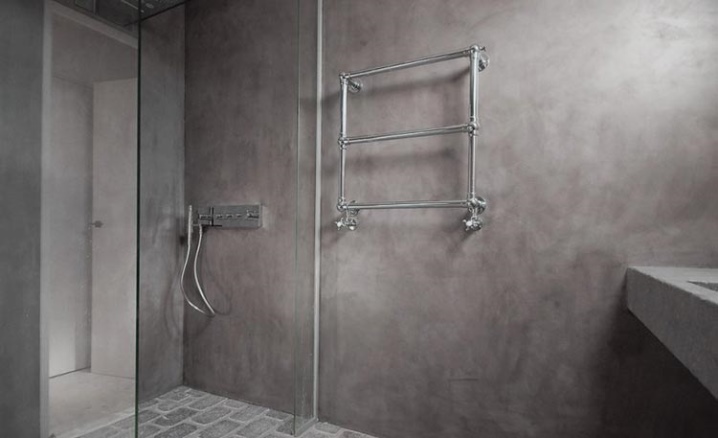
LSU
Magnesite glass sheets are used in finishing the interior space of buildings and structures, suitable for wall and floor cladding, creating partitions. The composition of the material includes fiberglass, magnesium oxide and chloride, perlite.
The sheets are highly refractory, resistant to moisture, strong and take complex shapes and bends quite well with a radius of curvature of up to 3 m.

Applications
Use of most new materials focused on the construction industry... For wall decoration in an apartment, only microcement or glass magnesite sheets. For the interior of the premises, you can use and monolithic timber - it does not require additional decoration, a house made of such material is immediately ready for living. In design, such indoor eco-motives are considered an advantage for the interior today.
In the construction of low-rise buildings, they are quite in demand various blocks. In private houses, mainly lightweight materials are used that do not give a large load on the foundation. In private houses it can be produced curtain facade from blocks. When constructing retaining structures during the restoration, conservation of old buildings, they use coal concrete.


The unique properties of innovative materials can significantly increase the energy efficiency of buildings... This is how technological buildings appear, the heating of which has to be spent much less resources. These are, for example, multi-storey complexes built on the principle of fast construction.
For even more information on new building materials, see the next video.













The comment was sent successfully.